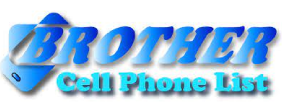In the same session, a unique visitor has been able to read 3 posts, which is why this number is always the largest Pages / session = average number of how many pages / posts a unique visitor has visited during one session. better in terms of search engine optimization Some = Social Media as a whole; in addition to the blog, all social media channels where the blogger spends time, publishes or shares his publications; the most famous Facebook = FB, Instagram = IG, Twitter, Google+, Youtube, Snpachat Email automation = a series of emails written in advance and scheduled, the length of which varies as needed.
The higher the number, the
Automation can be used, for example, to deliver short new database course material Social platform / social channel = Facebook, Instagram, Twitter, Google+, LinkedIn T Title = site name or title Tag (keyword, tag) = tag allows you to search all posts associated with . For example, the tag can be baking, raw baking, mother’s day cake recipe. with the same tag attached. The purpose of the tags is to “split” the category into more specific parts (e.g. The category is baking, tags can be raw baking, buns, cakes, muffins) V Online course = teaching material containing text, videos and/or audio that can be studied anywhere, at any time and on any device (computer, phone, tablet).
That keyword on that blog
Online courses are typically self-study. to the student either all at once or one part / module / week at a time. Online course platform = place where learning material is placed, for example Teachable, Campwire, Udemy. The online course can also be made in connection with your Bulk Lead own blog/website with separate add-ons. Immediate exit in percentage = how many visitors to the blog have left after one post. The lower the number, the better for SEO. The average bounce rate for blogs is over 80%. If you get 70% pat yourself on the back W Webinar = online seminar, a virtual lesson conducted online, participation in which can be free or paid. Typically, webinars are 60 to 90 minutes long. program (WebinarJam, GoToWebinar, Zoom) or implement it, for example, in a Facebook group using Facebook Live. X XLM sitemap = the route that Google’s bots take. new session = how many visitors to the blog have come for the first time vs. how many have returned several times.


